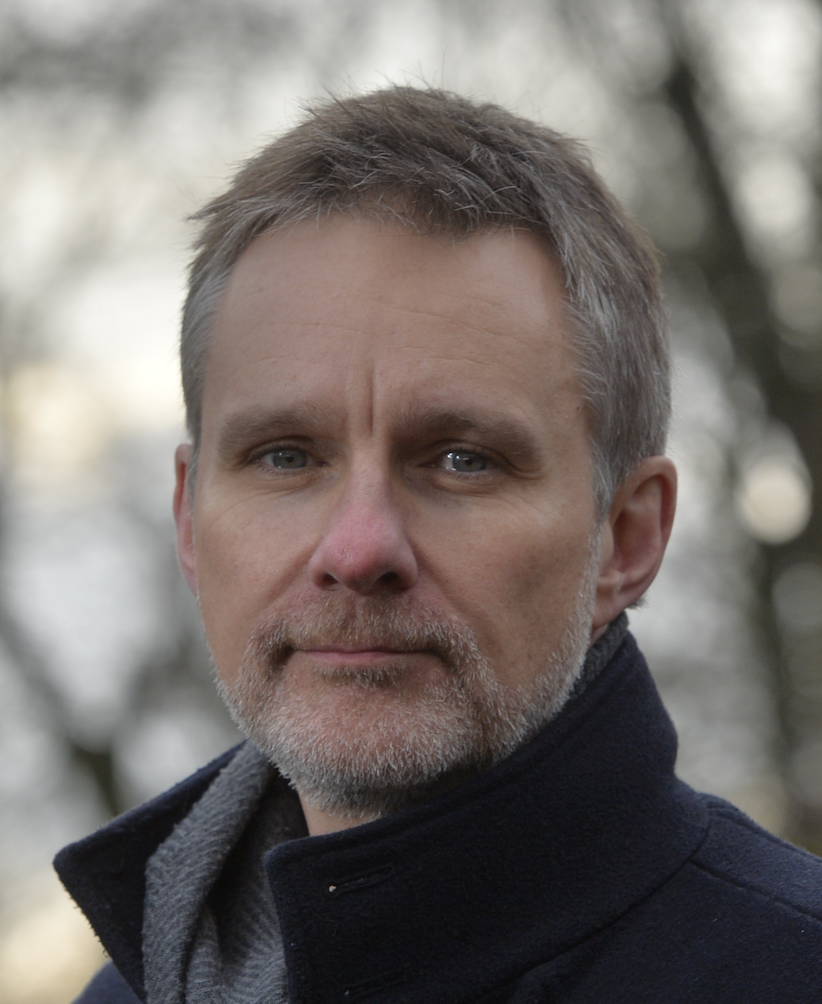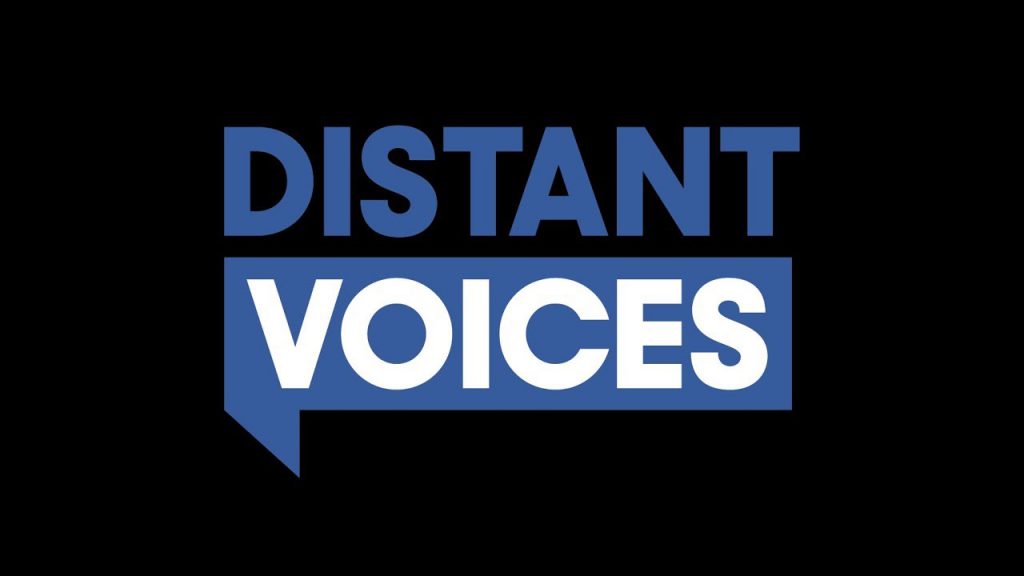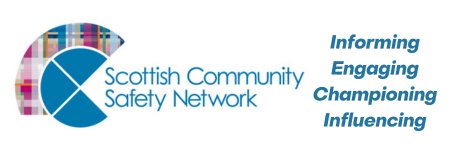
Guest article by Professor Fergus McNeill, Professor of Criminology, University of Glasgow – on the Distant Voices Festival
It is probably no exaggeration to say that, for as long as human beings have lived in social groups and have had the capacity to build, they have built both barriers and bridges. We might assume that we build barriers (or walls) for safety and stability, and that we build bridges to enable mobility. We need to move to find what we need to survive and thrive (and sometimes to flee from threats); but we also need to be able to return to a safe place where we can settle, to rest and to be at peace.
The penal system is more associated with walls than bridges. Even in the 21st century we remain reliant on the ancient technology of building walls to put and keep people away, when they have caused harm. Thankfully, we now practice permanent banishment only very rarely. But this means that we also compel those that we release from prison to find a way ‘home’. For people leaving prison in Scotland, this is often a perilous journey. Indeed, it is no exaggeration to say that many have to traverse a void to find their way to a safe place where they can settle and be at peace. More than 11,000 Scottish citizens attempt that traverse each year[1]. But many of them never really make it ‘home’. About 30% leaving prison have no home to go to[2]. About 40% are reconvicted within 2 years[3]. People released from prison are also at much higher risk of early death, including by suicide and drug overdose[4]. Put simply, the void that punishment widens is swallowing far too many of our folk.

Though we didn’t realise it when we started, over 4 years ago, in the ‘Distant Voices – Coming Home’ project, we began exploring both the dimensions of that void, and whether and how bridges can be built across it. Distant Voices is a collaborative research project, run in partnership between the Universities of Glasgow, Edinburgh and the West of Scotland, and the arts and community development organisation Vox Liminis. From the outset, we have tried to combine creative practices (mainly song-writing), research, knowledge exchange and public engagement, in an innovative exploration of punishment and re/integration. This November, we will be sharing some of what we’ve learned in an online festival to mark the end of the project, fittingly entitled ‘Bridging the Void’.
It’s hard to sum up all that learning here – and the different people involved will doubtless have different aspects that they might want to highlight. Speaking for myself, as someone with 30+ years of criminal justice involvement, first as a volunteer worker, then as a practitioner and then as a criminologist, Distant Voices has both enriched and complicated my prior understandings of these issues. But it has also changed the way that I engage with and feel about them.
I already knew – both from practice and from criminology – that punishment often does more harm than good. But listening to people’s stories as mediated through songs, I’ve been confronted much more forcefully with the ways in which criminal justice simplifies, flattens and distorts those stories, and with the myriad ways that punishment alienates, marginalises and excludes people. I’ve also been re-assured by the ways that people find to resist, subvert and survive these processes.
But, for me, perhaps the most important learning has been about how to build bridges. I’ve seen how, time and again, a commitment to a belief in everyone’s ability to make something good; enacted in conditions that enable people to become vulnerable and to risk creativity, allows people to co-produce beautiful, moving, revealing and challenging songs. But more than that, when we do these things together, we also make (or remake) ourselves and each other; we make or remake the connections between us; and we make or remake community. In many different ways, it is the diverse people involved in Distant Voices who have modelled to me not just more creative ways of exploring, understanding and representing human experience, but also more creative ways of becoming connected with one another in a complex, vibrant, joyful and challenging community.
These practices of integration that we’ve explored, in different ways, also reflect practices associated with community development, restorative justice and, more broadly, with participatory approaches to democratic politics. But the creative dimension of our practices has also been at the heart of everything we’ve learned. Early on we coined the mantra ‘make, share, learn’ to describe what we were doing, and it still holds good; except that now I’d say ‘make together, share together, learn together’, reflecting the importance of collaboration and community. Building bridges requires a great deal of preparation and work on both sides of the void, by people with quite different skills and perspectives, before we can even hope to span the divide. If it takes a village to raise a child, then it requires a creative and diverse community to build (and sustain) bridges.
Dialogue has been central to the project throughout, and so it is fitting that the festival, like the project, aims to promote dialogue between people with different forms of expertise and insight drawn from experiencing crime, punishment and re/integration, whether directly or indirectly; from working in different parts of the justice system; and from studying these issues. To that end, in ‘Bridging the Void’, we’ll be hosting 3 evening events, in which we’ll share songs and stories from the project, and 3 lunchtime conversations which will explore not just the void, but how, when, where and why bridges can be built across it. We aim to end by looking to the future; asking what a radically different approach to righting wrongs and to building a fairer and safer society might entail; and we’ll be launching a short podcast series and some related learning resources to help others work with us towards that future. We want you to be part of that dialogue too. You can find more details of the programme and how to sign up here.
How does this all relate to community safety, you might ask? The trite answer would be to say: ‘Come to the festival and find out!’. But, by way of preview, I’d argue that there is a wealth of evidence to support the proposition that societies characterised by high levels of solidarity and low levels of inequality tend to have lower crime rates and lower rates of imprisonment. The converse is also true. In disconnected, unequal societies, crime and the fear of crime drive the building of prison walls and other practices of exclusion. In Scotland, we do well to question whether we want to invest in walls or bridges.
In the end, Distant Voices has taught me that if we want movement and connection – and all that enables us to grow and thrive – then we need to invest in bridge-building. Walls offer only short-term protection; and building too many of them just puts barriers in the path of human, community and social development. It is connection not separation that helps us all make our way to a safer home together.
[1] https://www.gov.scot/publications/scottish-prison-population-statistics-2019-20/pages/6/, accessed 26th August 2021.
[2]https://assets.ctfassets.net/6sqqfrl11sfj/3qHWDX2rKIyPwEcA2X5jk6/3b5c84740334af434ce13e1106b90583/Preventing_Homelessness_and_Reducing_Reoffending_092015_FINAL.pdf, accessed 26th August 2021.
[3] https://www.gov.scot/publications/reconviction-rates-scotland-2017-18-offender-cohort/pages/18/, accessed 26th August 2021.
[4] https://www.ncbi.nlm.nih.gov/pmc/articles/PMC2955973/, accessed 26th August 2021.
